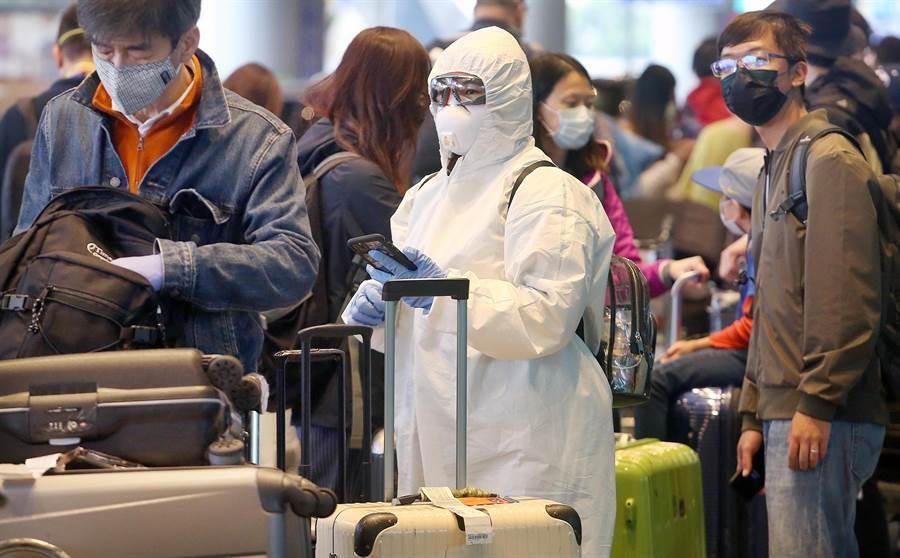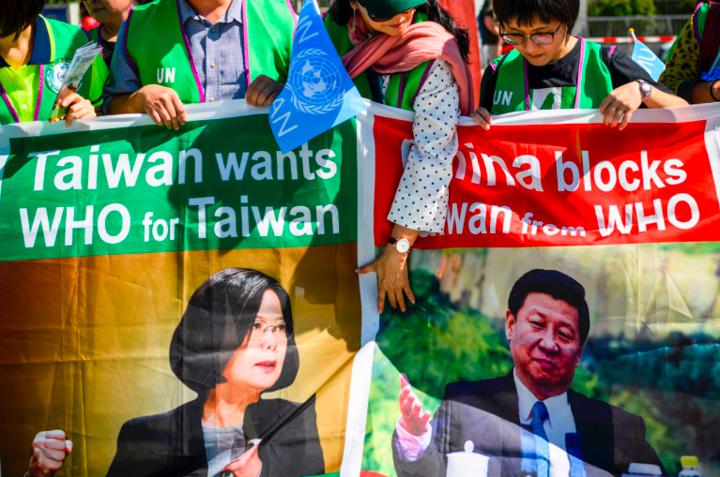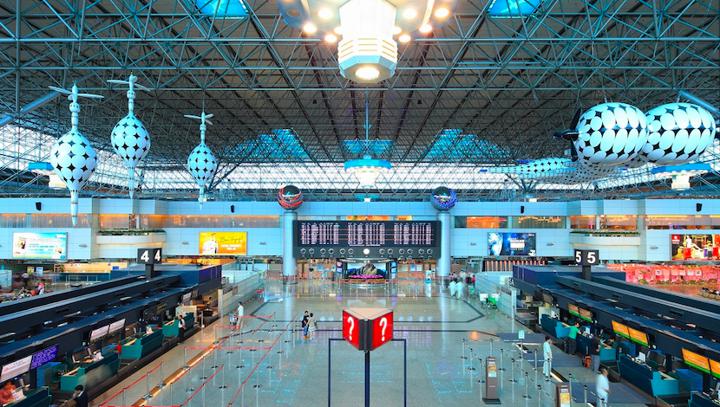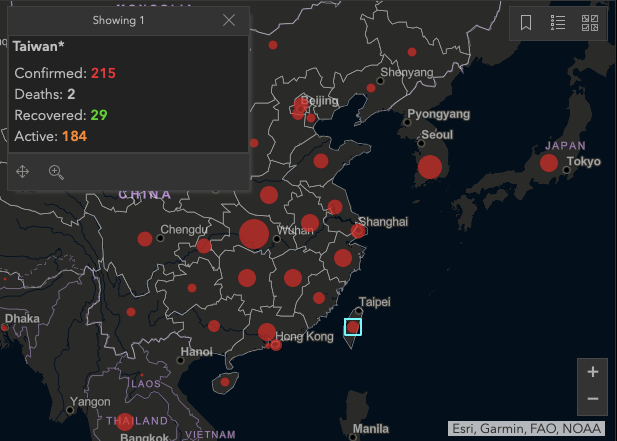Global observers and health officials are praising Taiwan for maintaining one of the lowest infection and mortality rates among countries hit by the novel coronavirus outbreak that originated in mainland China.
The pneumonic “tsunami” now engulfing the globe is largely due to China’s cover-up of the outbreak, which has been further complicated by its sway in the World Health Organization. The body has done Beijing’s bidding by easing out Taiwanese representatives and not allocating resources to the self-governed island territory or sharing data.
Yet Taiwan has managed to stave off a local Covid-19 pandemic in its densely populated urban centers, despite the close proximity of the island with mainland China and frequent exchanges with its largest trade partner. The island, which has a population of 23.5 million, has 215 confirmed cases as of Tuesday, a fraction of the tallies of neighboring Asian countries.
This is despite the fact that the highly infectious pathogen may have been imported with the two to three direct flights from Wuhan to Taipei and Kaohsiung each day until January 23, the day the central Chinese city imposed a sweeping shutdown to curb the virus’s spread, as well as during Taiwan’s missions to repatriate hundreds of Taiwanese citizens stranded in Wuhan and the rest of Hubei province since February. Taiwan’s feat in keeping the virus at bay has won accolades from the Wall Street Journal, New York Times, Time and Forbes magazine.
-
![China has been blocking Taiwan's bid to join the WHO. Photo: AFP]()
China has been blocking Taiwan’s bid to join the WHO. Photo: AFP
-
![Taipei's Taoyuan Airport has fallen quiet since the island annied entry by non-locals this week. Photo: Facebook]()
Taipei’s Taoyuan Airport has fallen quiet since the island annied entry by non-locals this week. Photo: Facebook
John Tkacik Jr, a former US foreign service officer detailed to Taipei and Beijing and now director of the Future Asia Project at the Virginia-based International Assessment and Strategy Center, said in a recent interview with Taiwan’s Liberty Times and Taipei Times that one particular aspect deserving emulation was the island’s swift move to sync and aggregate the databases of its public health insurance network, household registry and immigration management for better monitoring and tracking.
He said the consensus among observers in the US was that China’s own diagnosis and management of the disease were “suboptimal” at the onset of the epidemic, and as a result, the contagion spiraled out of control and spread to the rest of the world.
He hailed the army of “computer wizards” in Taiwan’s government who coded software to seamlessly integrate public health databases with those of the border control authorities and national registries in early February to ready Taiwan’s response when the plague tearing through China was bearing down on the island.
Taiwan’s health authority and epidemic control center also tapped commercial telecommunications networks for PSA messaging to all mobile phone users, as well as for tracking and location-sharing.
“The government can broadcast information about the disease direct to all mobile network subscribers and more importantly, it can keep track of aggregations of people, and warn them when urban crowds are in danger of forming a critical mass for disease transmission,” said Tkacik.
Nonetheless, he said rather than emulate Taiwan’s best practices to aid the US’s own battle to contain the spread from coast to coast, some authoritative American institutions chose to lump Taiwan’s numbers together with China’s and consequently buried some extremely important epidemiological data emerging from the island. One case is a “
live map” visualizing the global spread of the virus that is updated constantly by Virginia’s Johns Hopkins University (JHU).
-
![Johns Hopkins University's live map of the coronavirus contagion now counts Taiwan as a country.]()
Johns Hopkins University’s live map of the coronavirus contagion now counts Taiwan as a country.
On the JHU’s “live map” website, which is receiving over a billion views daily, “Taipei and its environs” was used initially to be in conformity with the WHO’s guidelines. A correction has been made to reflect the island’s own status and figures, after some complaints were lodged with the university and the US State Department because the way Taiwan was identified was unhelpful to public health professionals who need solid data on how the territory had managed the epidemic so well.
Other health experts also admire Taiwanese officials’ professionalism amid a shortage of masks after confirmation of the island’s first case triggered panic-buying at the end of January.
Taiwan’s Center for Disease Control made it clear that it regarded masks as “unnecessary for the public” when the situation was under control and when priority must be given to ensuring there are adequate supplies of protective gear for doctors and nurses treating the infected. Experts with the center said their study and statistics from the past showed no connection between people wearing masks and lower infection rates. They stressed that people should have faith in the island’s border control system, which includes health checks at airports.
Taiwan’s Vice-President Chen Chien-jen, an epidemiologist by training, reiterated this point and expressed support for Dr Ho Mei-shang, a leading epidemiologist with Academia Sinica, Taiwan’s national academy, who said she “felt puzzled to see the panic-buying of face masks when the country is still relatively safe from the virus.” Chen even refused to wear a mask when attending press briefings on the diseases in a bid to assuage people’s fears.
By and large, Taiwan’s healthcare system has not experienced any significant undersupply of masks and gear thanks to the government’s bid to put the public at ease and implement a rationing scheme to prioritize the needs of medical staff.



























